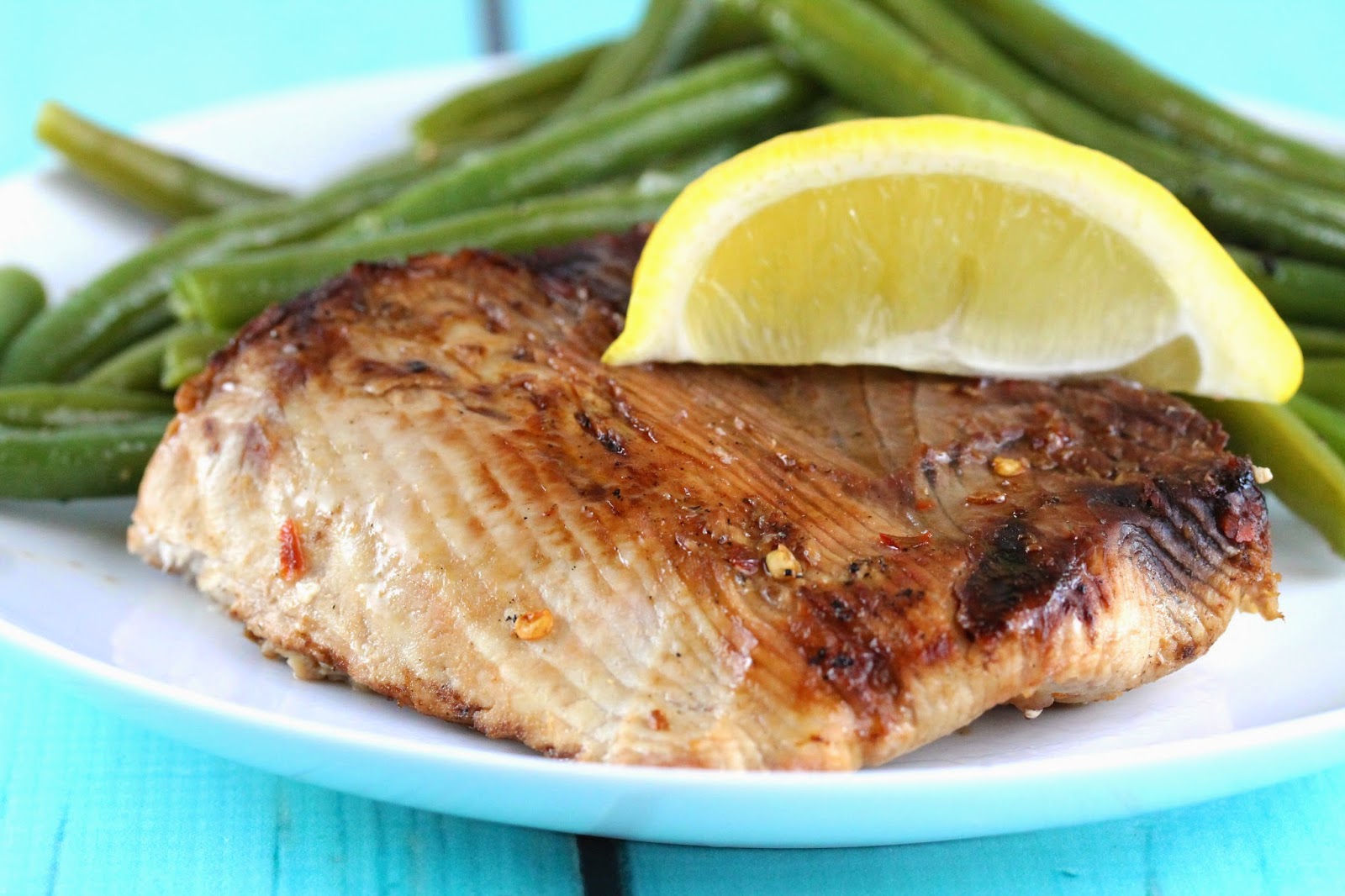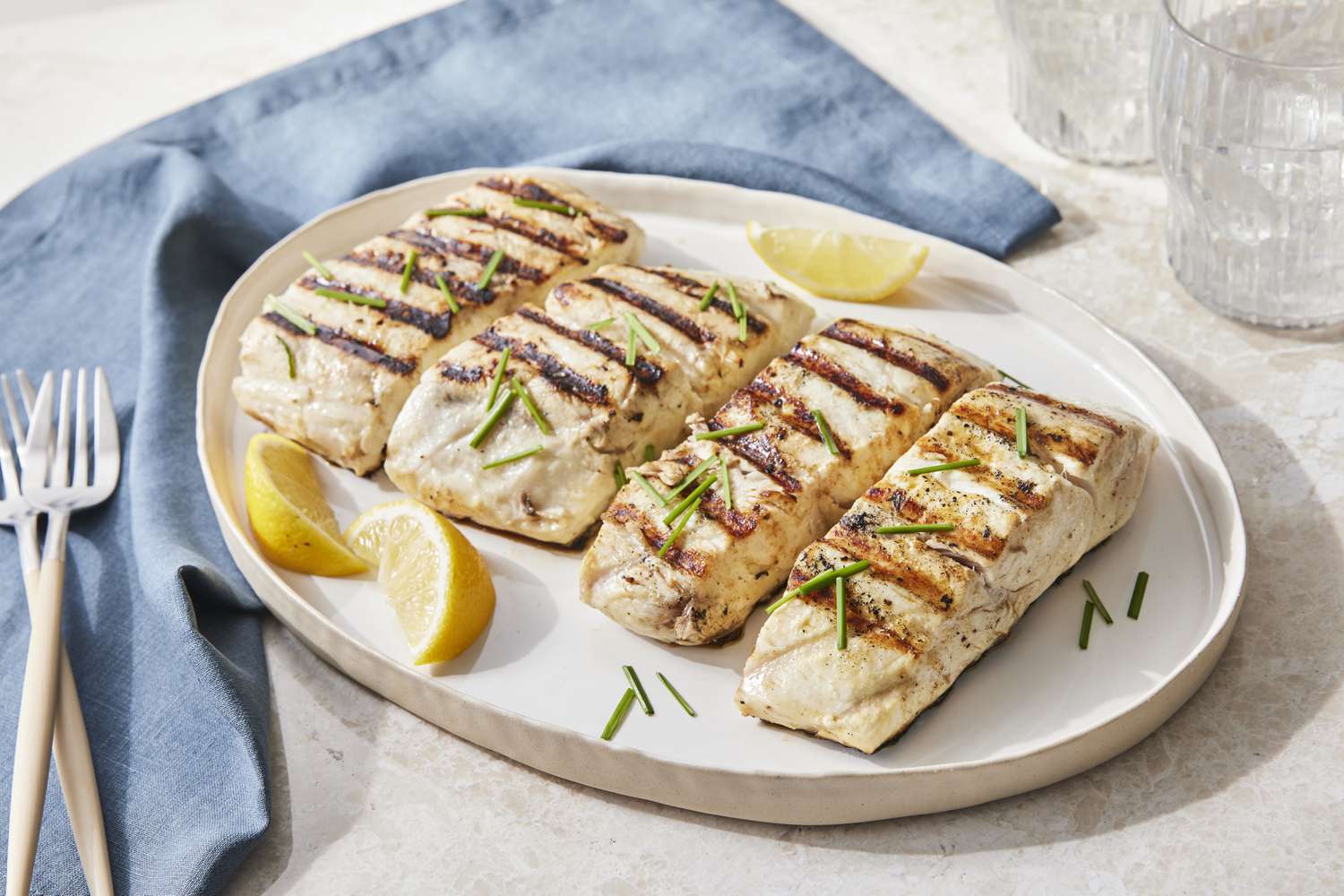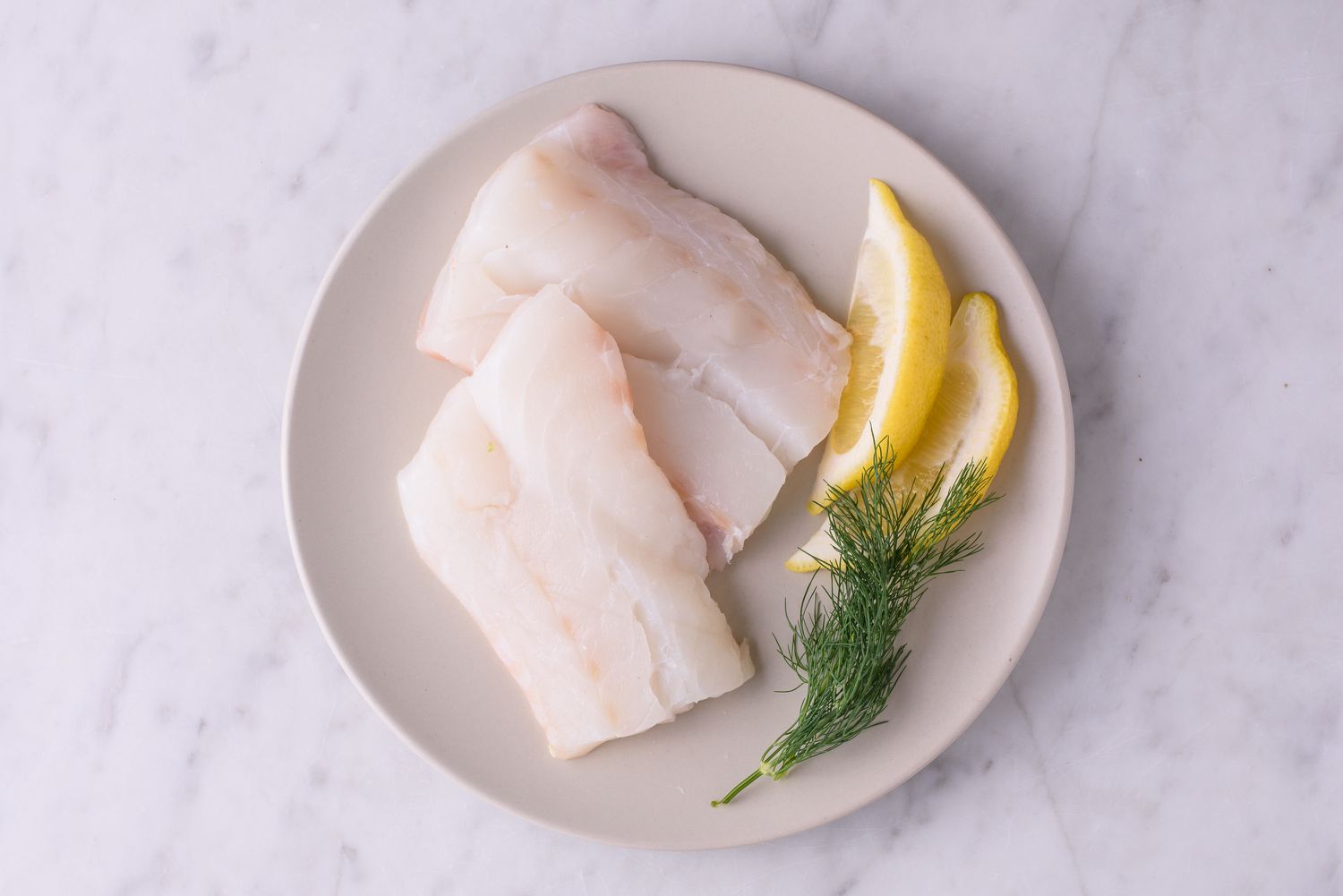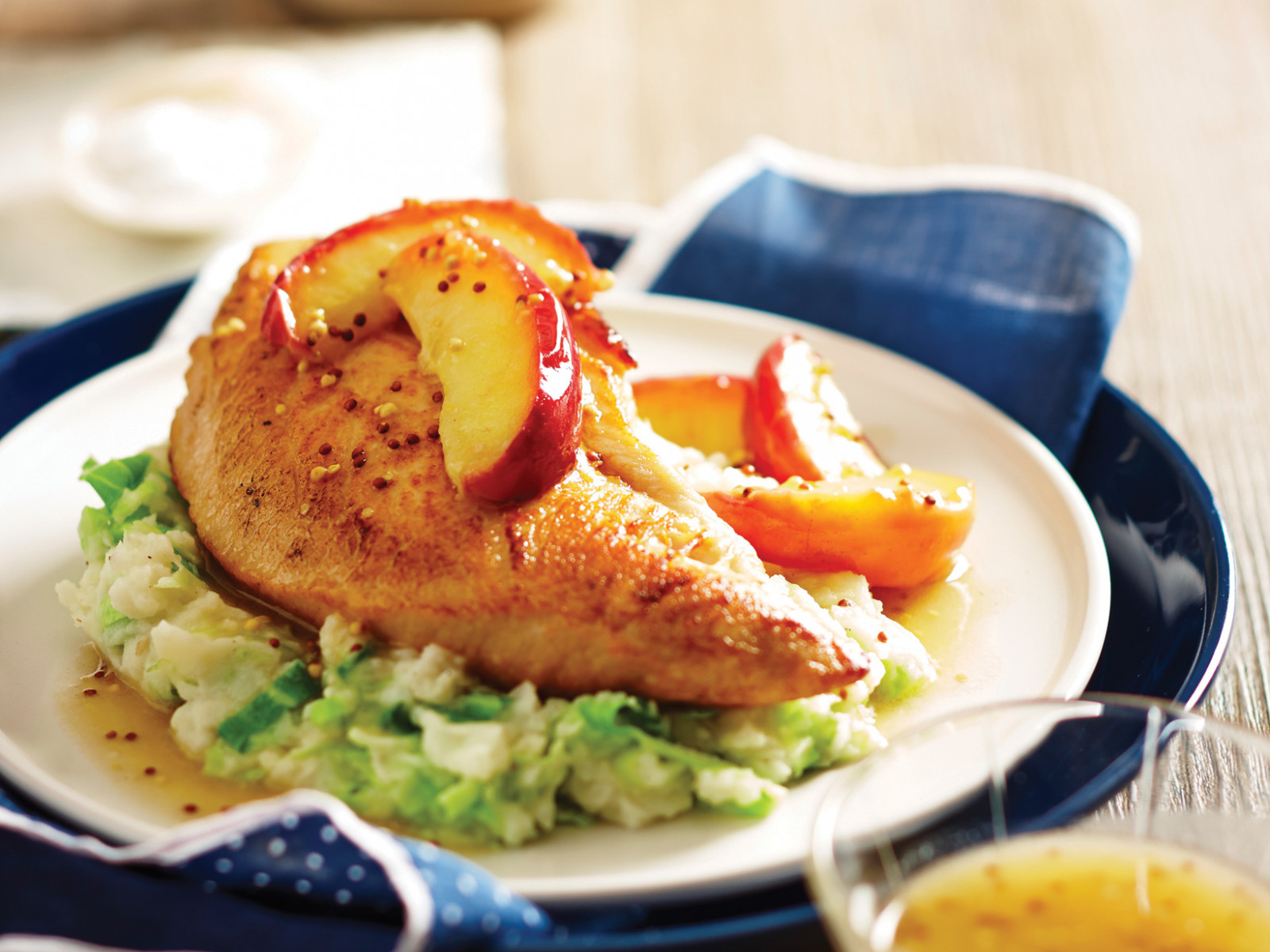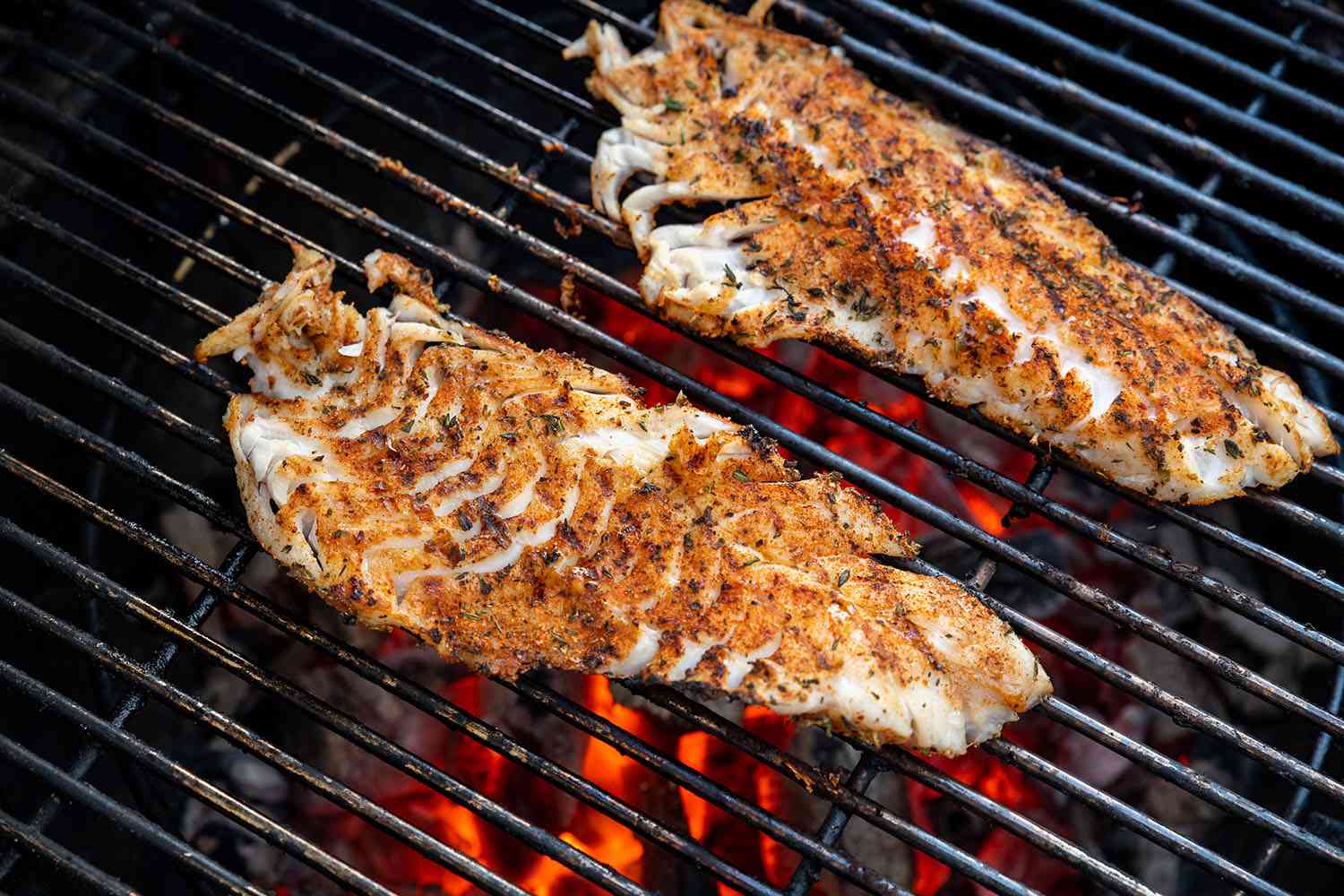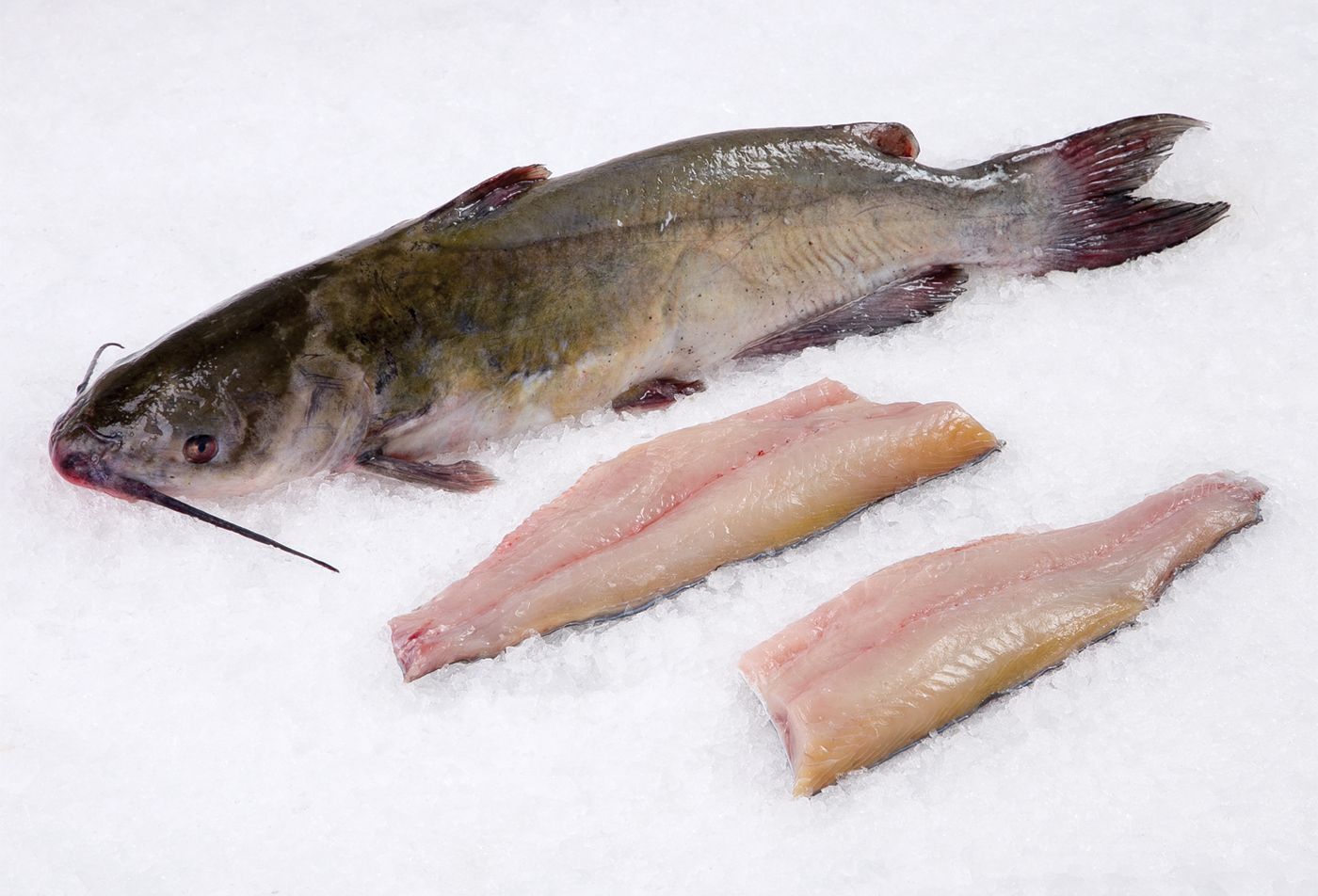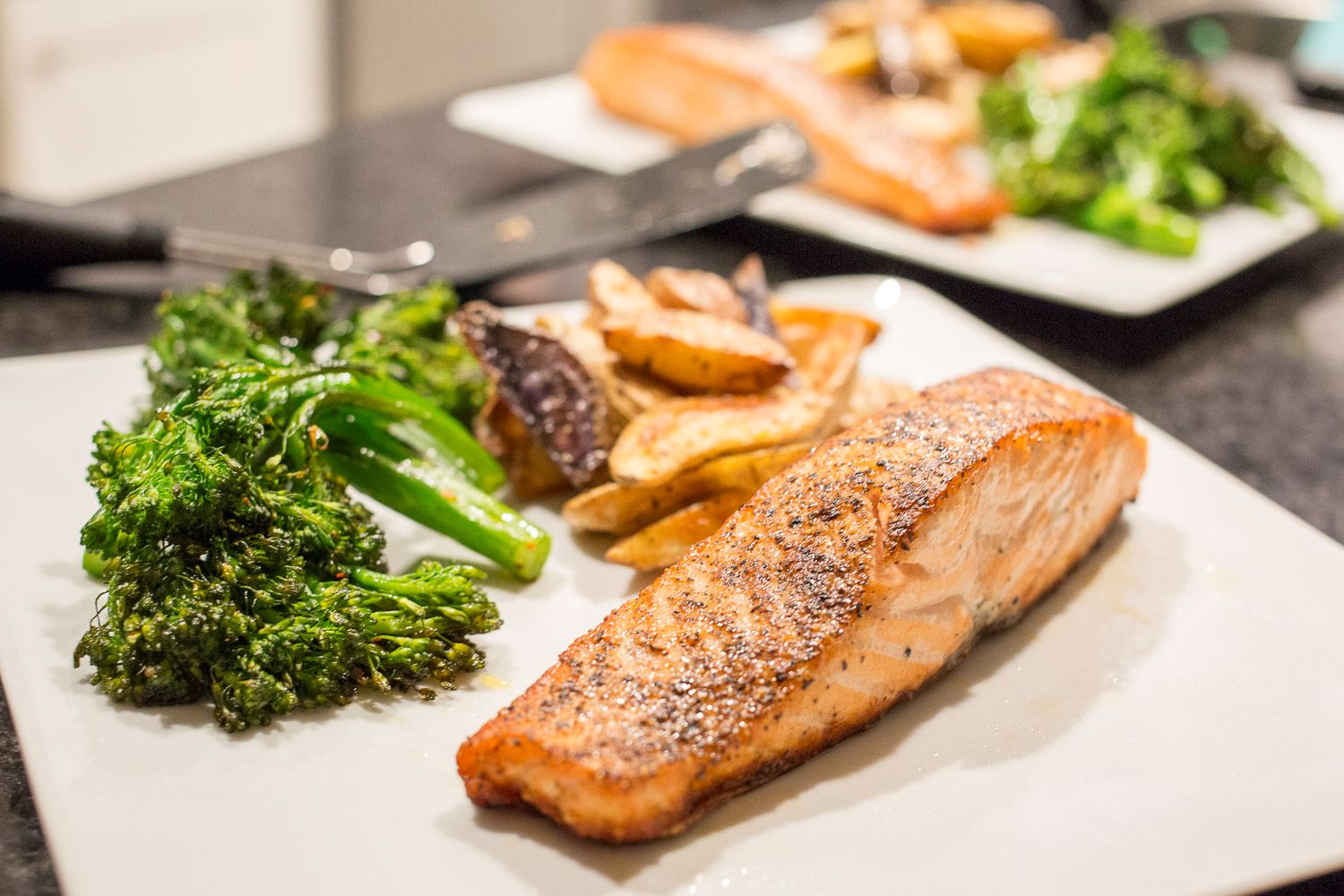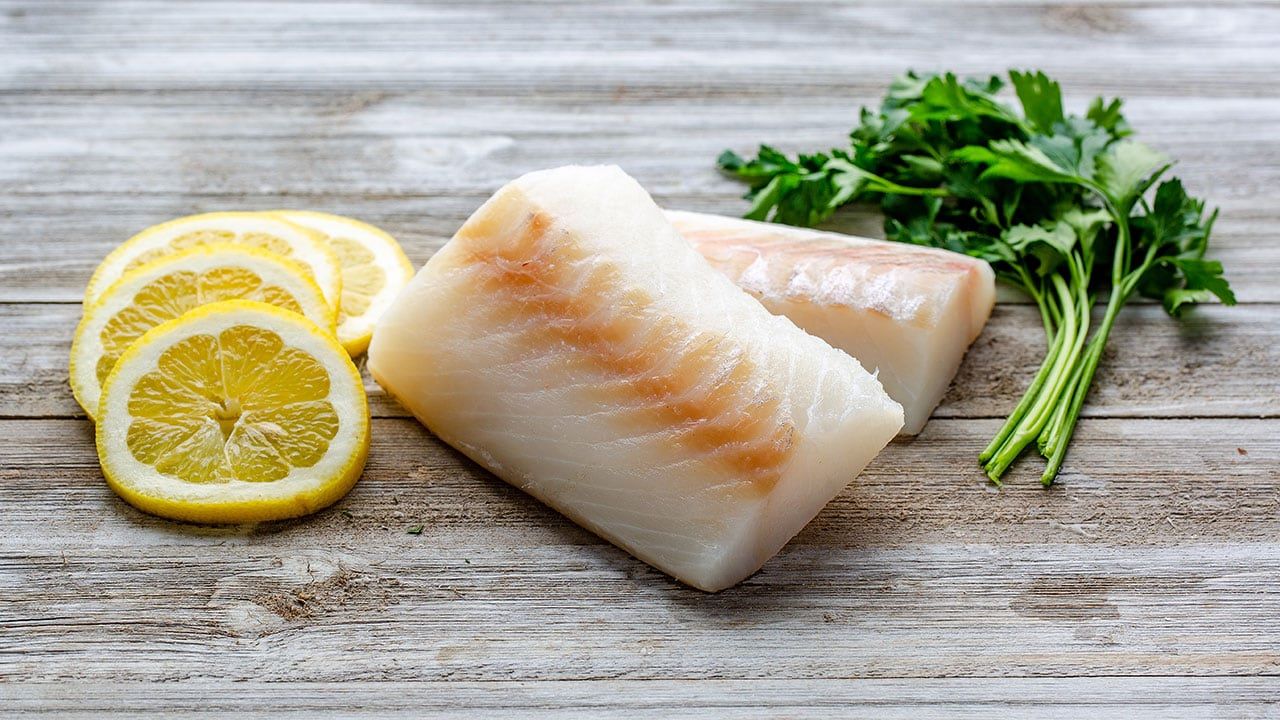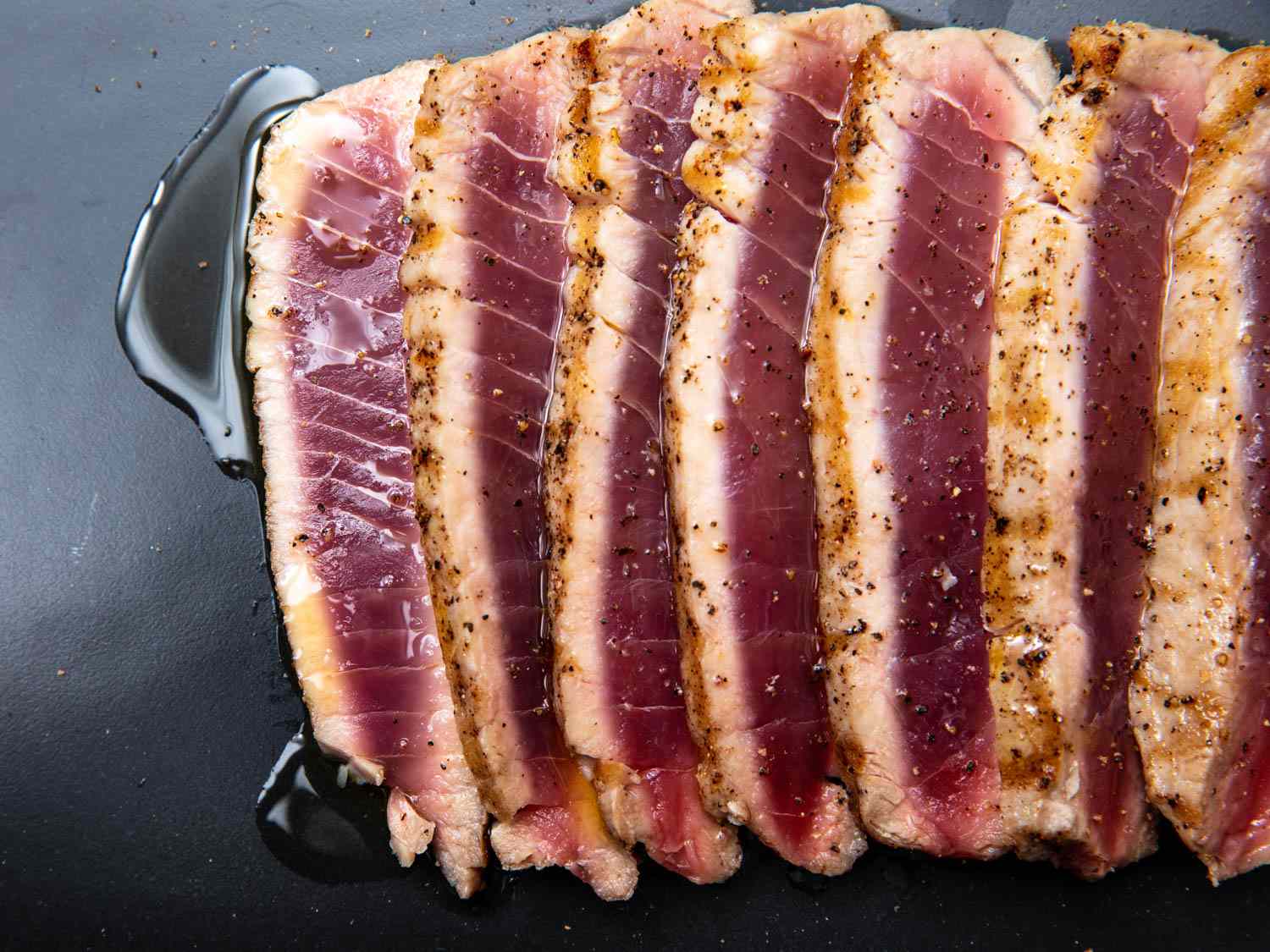Step-by-Step Guide on How to Fillet Garfish
If you love fishing and want to learn how to fillet garfish, you’ve come to the right place. Garfish, also known as gar, are slender, long-bodied fish with a unique appearance. Filleting garfish can be a bit tricky due to their elongated shape and delicate bones, but with the right technique, you can easily master the art of filleting these delicious fish.
What You’ll Need
Before you start filleting garfish, make sure you have the following tools on hand:
- Sharp fillet knife
- Cutting board
- Bowl of water for rinsing
- Pliers (optional, for removing the skin)
Step 1: Prepare the Garfish
Start by placing the garfish on a clean cutting board. If the fish is still alive, ensure that it is properly and humanely dispatched before proceeding.
Step 2: Make the Initial Cuts
Using a sharp fillet knife, make a small incision behind the gills and cut down towards the belly. Be careful not to cut too deep to avoid puncturing the internal organs.
Step 3: Remove the Head
Once the initial cut is made, carefully remove the head by cutting through the flesh and separating it from the body.
Step 4: Fillet the Garfish
With the head removed, it’s time to fillet the garfish. Run the fillet knife along the backbone, starting from the head end and working towards the tail. Use smooth, steady strokes to separate the flesh from the bones.
Step 5: Remove the Skin (Optional)
If you prefer skinless fillets, use a pair of pliers to grip the skin and gently pull it away from the flesh. Alternatively, you can leave the skin on for a crispy texture when cooking.
Step 6: Rinse and Inspect
Once the fillets are removed, rinse them under cold water to remove any remaining scales or debris. Inspect the fillets for any remaining bones and remove them with tweezers or a boning knife.
Step 7: Store or Cook the Fillets
After filleting the garfish, you can either store the fillets in the refrigerator for later use or cook them immediately. Garfish fillets are versatile and can be grilled, fried, or baked to perfection.
With these simple steps, you can successfully fillet garfish and enjoy fresh, delicious fillets for your next meal. Practice makes perfect, so don’t be discouraged if it takes a few tries to master the technique. Happy filleting!
